6-12M
Infestations Annually
Have you ever considered how pervasive head lice are in children's lives? With around 6 to 12 million infestations each year in the U.S. alone, understanding lice and prevention strategies is key for every parent.
Understanding the widespread nature of head lice and implementing effective prevention strategies are crucial for family well-being. Below, we highlight key statistics and actionable steps.
6-12M
Infestations Annually
1 in 5
Children Infested
When it comes to head lice, many parents feel a surge of panic! It's crucial to understand just how common these nuisances are among children. Statistics show that approximately 6-12 million infestations occur each year in the United States among children aged 3 to 11. This highlights the urgent need for effective prevention strategies, especially in settings like schools and daycare centers where kids are in close contact with one another. For more comprehensive information on head lice, refer to the CDC's official guidelines on head lice.
Understanding the prevalence of head lice helps us realize that it's not just a minor inconvenience; it's a widespread issue that can affect any family. With proper awareness and proactive measures, we can combat this challenge together.
Head lice can spread rapidly, especially in our tight-knit communities. Here are some key statistics to consider:
Given these numbers, it's clear that prevention is not just important—it's essential for the well-being of our families. At Lice Nits, we aim to equip parents with the knowledge they need to tackle lice head-on. You can also find valuable resources and guidelines from public health organizations, such as the California Department of Public Health's guidance for schools on head lice, to help manage and prevent infestations.
The consequences of head lice infestations extend beyond the physical discomfort of itching. They can have serious social and emotional impacts on children and their families. Kids facing lice infestations often experience teasing or isolation from their peers, leading to feelings of embarrassment or shame. The Illinois Department of Public Health also provides information on head lice, emphasizing the importance of proper management to minimize disruption.
This emotional toll can affect their overall well-being and self-esteem. It's crucial to create an open dialogue about head lice, ensuring that children understand that these infestations are common and can be managed. By emphasizing the importance of prevention and treatment, we can reduce anxiety surrounding this issue.
Now that we understand the urgency of prevention, let's explore effective strategies to keep head lice at bay. Implementing these practices can significantly reduce the risk of infestations in your home and community!
One of the most effective ways to prevent head lice is by minimizing close contact. Here’s how families can make this a practice:
By fostering these habits, we can create a lice-free environment in our homes and schools. Remember, the more we educate our children about these practices, the more empowered they'll feel!
Teaching children the importance of personal item safety is vital in lice prevention. Here are some practical tips to ensure kids don't share items that can transfer lice:
By instilling these safety habits, we can help our children understand the significance of keeping their personal items to themselves, preventing the spread of lice.
Regularly checking your child’s scalp is a crucial step in early lice detection. Here’s how you can stay on top of this:
By incorporating these checks into your family routine, you can catch any issues early and address them before they escalate!
Keeping your home clean and disinfected is another key strategy for lice prevention. Here are actions you can take:
A clean space is a less welcoming environment for lice, so let's make it part of our routine to keep things tidy!
Many parents look for natural options to repel lice. Some popular natural repellents include:
While these natural options can be effective, it's essential to consider safety and proper application. Always conduct a patch test to ensure your child doesn’t have a sensitivity to these oils before using them widely.
To effectively combat lice, it's helpful to understand their life cycle. Head lice go through three stages:
By understanding this cycle, you can be more vigilant and catch infestations early, which is key to effective prevention!
Did you know? Regularly incorporating hair ties, clips, or hats can serve as an effective barrier against head lice. Encourage your children to wear their hair up during school or group activities to minimize the risk of close contact with others!
A: Head lice are very common, with approximately 6-12 million infestations occurring annually in U.S. children aged 3 to 11. Statistics also show that 1 in 5 children will likely experience head lice during their school years.
A: Key prevention strategies include avoiding head-to-head contact, not sharing personal items like brushes or hats, conducting regular scalp checks, and maintaining a clean home environment by washing bedding and vacuuming regularly.
A: Yes, natural repellents such as tea tree oil, coconut oil, and lavender oil can be effective in deterring lice. Always perform a patch test for sensitivity before widespread use.
A: It is recommended to perform regular scalp checks, ideally once a week, especially after playdates or sleepovers. Use a fine-toothed comb and good lighting to look for nits and live lice.
A: If you find lice, it's important to act promptly. Over-the-counter treatments are available, and natural remedies can also be used. For persistent infestations or concerns, consult your pediatrician or a lice removal expert.
As a parent, it's essential to make head lice prevention a consistent part of your family routine. With my experience at Lice Nits, I've seen firsthand how ongoing vigilance can make a significant difference. Establishing long-term habits helps ensure that everyone remains aware and proactive about lice management!
Here are some practices you can integrate into your family's daily life:
By fostering these healthy habits, you can help create a lice-free environment that supports your family’s well-being.
At Lice Nits, we understand that navigating lice prevention can be challenging. That’s why we provide various resources to help you stay informed and prepared. Here are some valuable tools you can access:
These resources empower families like yours to take charge of lice prevention and management. Don't hesitate to explore them and share them with others in your community!
When it comes to treating lice, it's crucial to know your options. Parents often ask me about the best treatment methods available, so let’s break down the most common choices:
Understanding these treatment options allows you to make informed decisions and address any lice-related challenges your family may face.
It’s always a good idea to consult with your pediatrician if you have specific concerns about head lice. They can offer personalized recommendations based on your child’s health and lifestyle. Remember, you’re not alone in this journey!
I would love to hear your thoughts and experiences regarding head lice prevention. What tips have worked for you? Feel free to share your insights in the comments below! Together, we can create a supportive community that empowers families in managing head lice effectively.
Here is a quick recap of the important points discussed in the article:
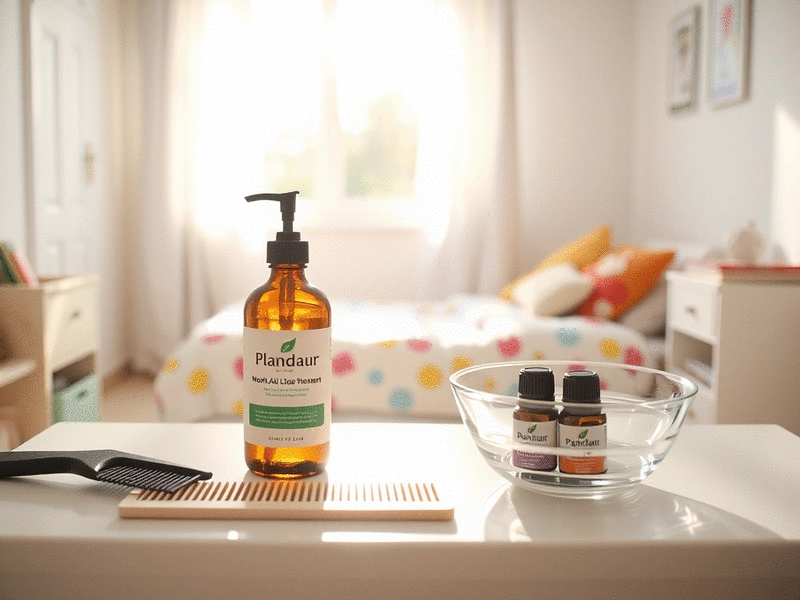

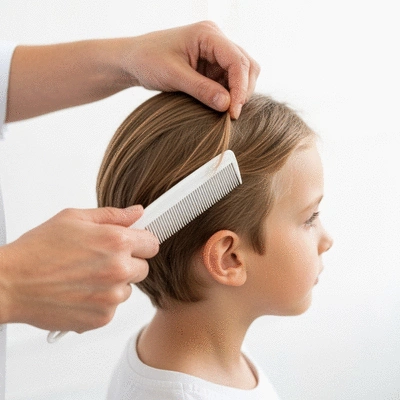
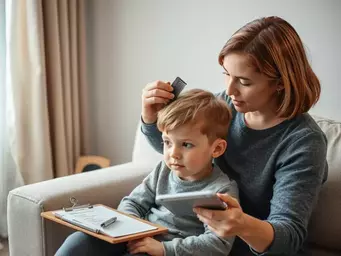 Have you ever felt the panic that arises when you discover head lice on your child's scalp? Understa
Have you ever felt the panic that arises when you discover head lice on your child's scalp? Understa
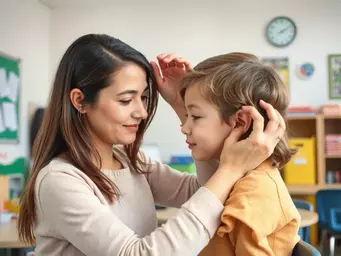 It's surprising how easily something as small as a head louse can disrupt an entire school community
It's surprising how easily something as small as a head louse can disrupt an entire school community
 What if the key to your child's comfort and well-being lies in understanding the aftercare process f
What if the key to your child's comfort and well-being lies in understanding the aftercare process f
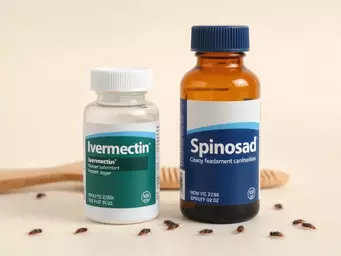 What if a single application could free your family from the stress of head lice? One-dose treatment
What if a single application could free your family from the stress of head lice? One-dose treatment